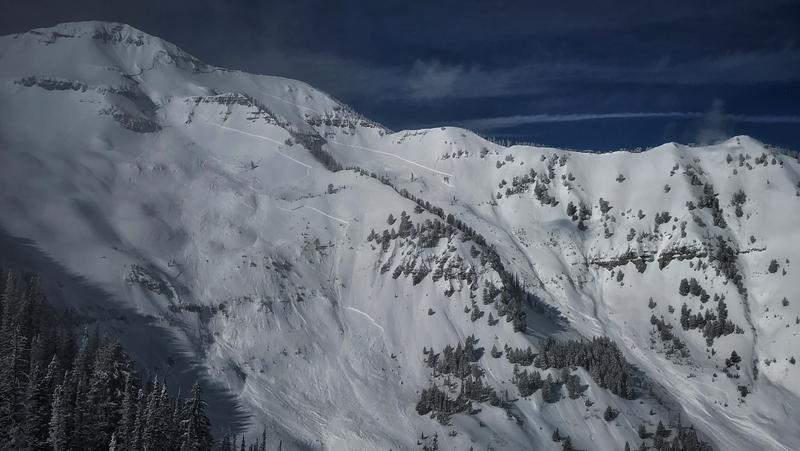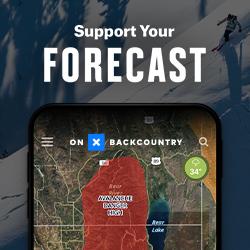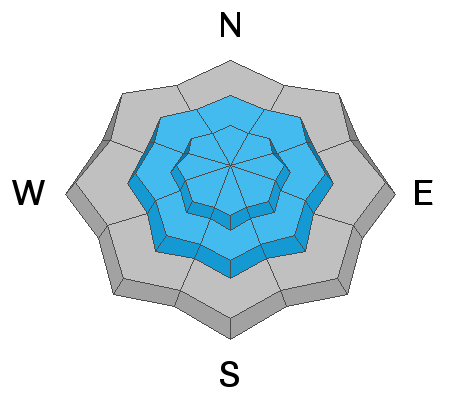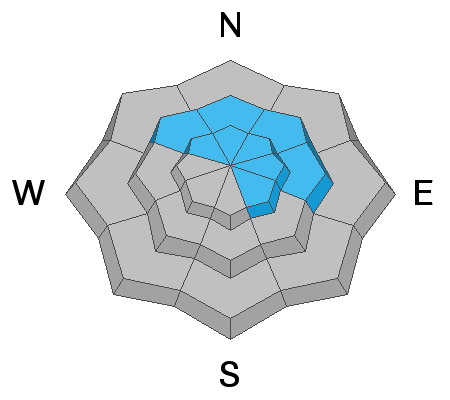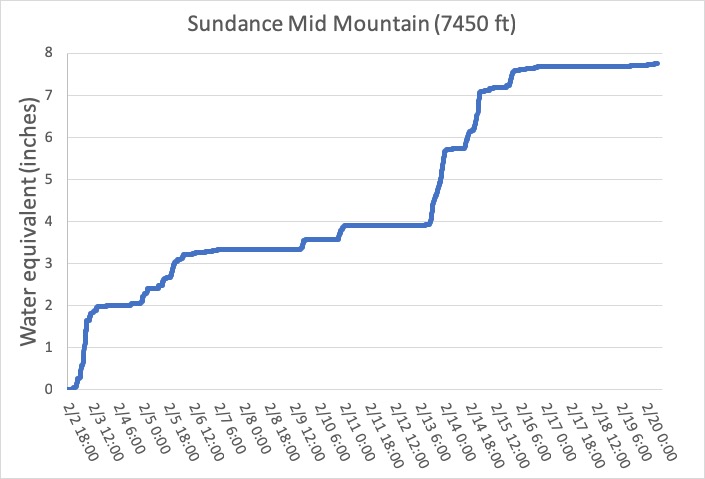Forecast for the Provo Area Mountains

Issued by Evelyn Lees on
Friday morning, February 22, 2019
Friday morning, February 22, 2019
Do to uncertainty, the avalanche danger is the Provo area mountains is CONSIDERABLE on upper elevation slopes, especially those with recent wind drifts and aspects that have produced massive natural avalanches. Even though the likelihood of triggering one of these monsters is decreasing, the travel advice for this danger rating says: "Dangerous avalanche conditions. Careful snowpack evaluation, cautions route finding, and conservative decision making essential."
The avalanche danger is MODERATE at mid elevations, and generally LOW at low elevations. Be aware of what is above you and avoid lingering in run out zones of avalanche paths.
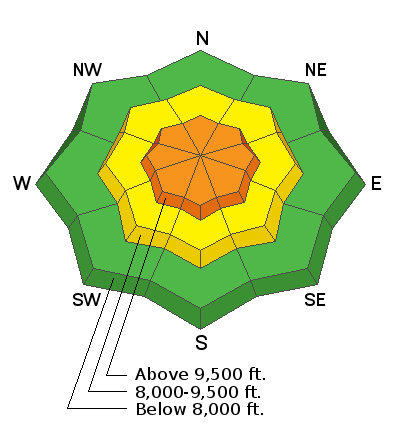
Low
Moderate
Considerable
High
Extreme
Learn how to read the forecast here



